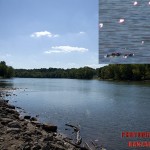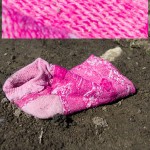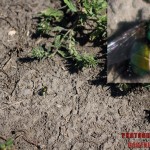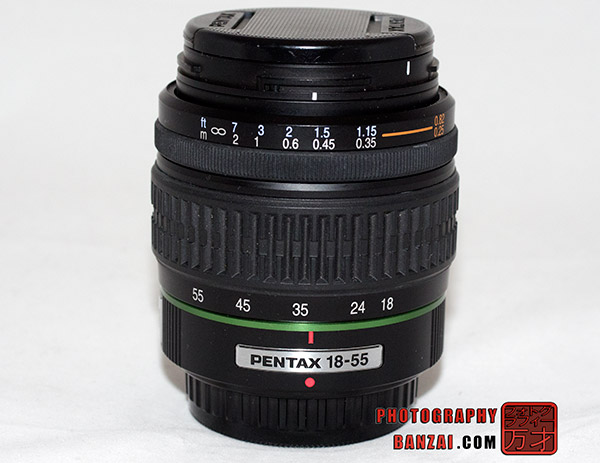
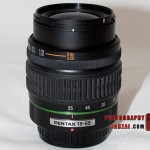 |
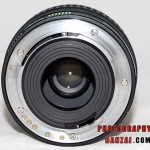 |
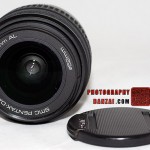 |
This lens was available from 2004 until around 2008 as the primary kit lens for Pentax DSLRs. Currently you can find it around at used camera lens sites like KEH or auction sites like eBay. It’s easy to find and very cheap. This is actually my second AL lens as I sold my first and acquired this one when I bought a used *ist D camera body recently. The 18-55mm AL fits the standard kit lens properties well, with a few positive exceptions as I’ll go over later. I’ve never been too impressed with kit lenses in general and was not fond of my first 18-55mm AL. Let’s see how this one is…
Technical specifications for the lens:
Lens Mount: PENTAX KAF2
Lens Construction: 12 elements in 9 groups (1 aspherical element)
Angle of View: 76-29 degrees
Aperture: F3.5-5.6
Number of Diaphragm Blades: 6
Minimum Aperture: F22-40
Minimum Focusing Distance: 9.84 inches (0.25m)
Filter Diameter: 52mm
Maximum Magnification: 0.34X
Dimensions: 2.7 x 2.7″ (68.0 x 67.5mm)
Weight: 7.8 oz. (220g)
Case: S80-120
Objective Cap: O-LC52
Hood: PH-RBA 52mm
Lens Aperture Ring: N/A
Tripod Adapter: No
Diaphragm Control: Fully Automatic
Focal Length: 18-55mm (equiv. 27.5-82.5mm)
Notes: Quick-shift focus, Filter window, SP (Super Protect) coating
General talk about the lens:
Everything about this lens is ordinary. The zoom range of 18-55mm is the industry standard and the maximum aperture of f3.5-5.6 is also what most manufacturers offer with their standard kit. With ever decreasing margins on DSLRs, some companies are now offering their kit lens with lower build quality like using a plastic lens mount or using low quality plastics in the casing. This isn’t the case with the Pentax 18-55mm AL.
The 18-55 AL is probably one of the best kit lenses in regard to build quality. It has a metal lens mount as well as quality feeling plastic and rubber throughout. The focus and zoom rings on this used lens I have are still pretty smooth, so it appears to have good longevity.
The lens has features such as quick-shift and a protective coating (SP, Super Protect) to the front lens element. Quick-shift allows the user to change focus by hand after the camera has finished auto-focusing. I’ve found that feature useful when I want to make the camera as small as possible before putting it in a bag. Without quick-shift I would need to switch the camera to manual focus before shifting the focus ring. Super Protect is a fluoride coating that is designed to make cleaning of the lens very easy. There have even been tests where permanent marker has been shown to be easily removed.
It also was sold with a nice petal-style lens hood (including a removable filter door). This used lens that I acquired didn’t come with a hood sadly, so I can’t show you photos of it.
Video Overview:
http://www.youtube.com/watch?v=L3DQkSLbm14
What I like about the lens:
– It’s cheap and easy to find.
– Overall performance is pretty good for a kit lens. Especially at around 28-35mm in focal length.
– Good build quality for a kit lens.
– The zoom range is convenient.
– A nice lens cap and hood.
– It’s easy to come by and cheap, so you are more prone to take worthwhile risks you wouldn’t usually with more expensive lenses.
– A super small aperture, up to f40 depending on the focal length, is available.
– Focusing speed is fast and reliable as it uses the screw-drive mechanism for auto-focus.
– Quick-shift and Super Protect lens coating.
– The front barrel does not rotate when focusing, so filters like a circular polarizer work well.
What I’m not fond of:
– It covers focal lengths I prefer to use prime lenses at.
– I’m use to fast prime lenses, so this lens can feel a bit debilitating at times. This is less of an issue with a camera that has strong high ISO abilities like the Pentax K-5.
– This is said to be lesser in optical quality compared to the AL II version of this lens.
– 52mm filters are a bit odd compared to most of my other lenses that have 49mm, 58mm, 67mm, and 77mm.
– Hexagonal blur highlights for most of the aperture range due to the 6 straight blades.
– No aperture ring, but this is a “feature” of newer lenses in general.
– The focus ring rotates when the camera is auto-focusing.
– Prone to flare at wide angle (I don’t have a lens hood, so I’m not sure if that would help). Some purple fringing at wide angle in extreme light.
– Vignetting is an issue for a large part of the wide end of the lens.
Image talk and analysis:
Post-processed samples:
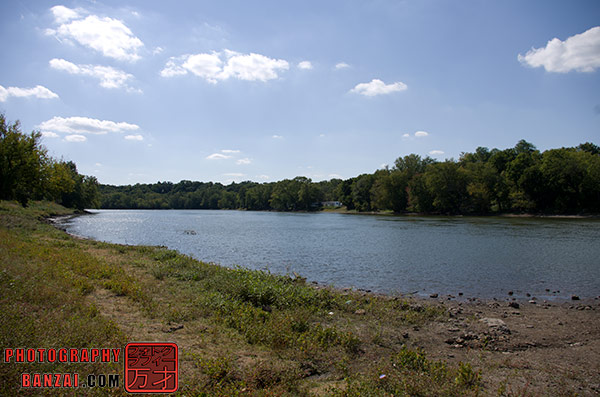 |
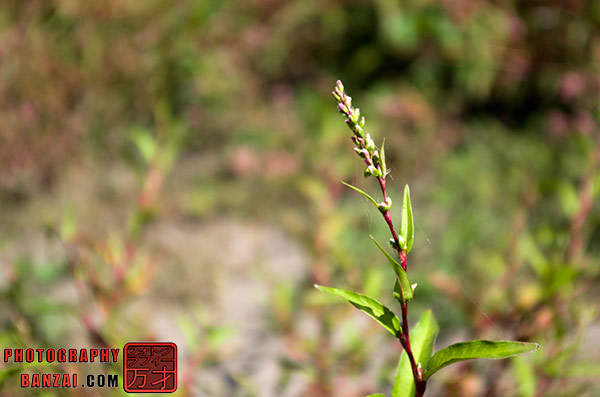 |
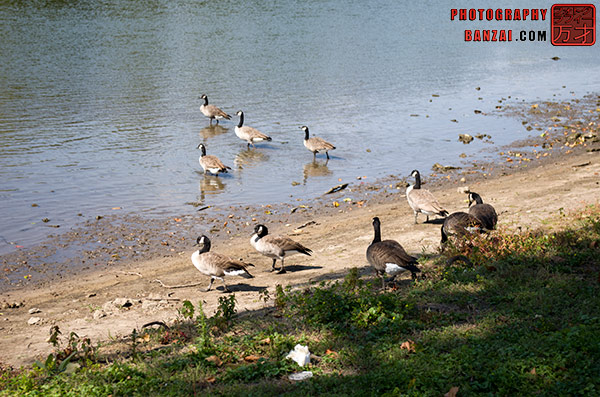 |
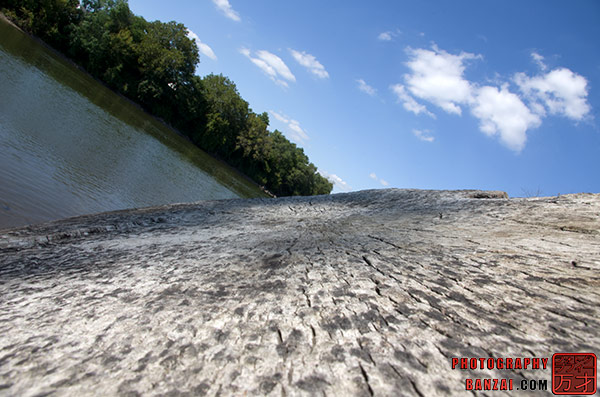 |
Conclusion:
Often, you get what you pay for with lenses. The 18-55mm AL is an exception to the rule for a few reasons. It’s readily available at a cheap cost. Also because in-production AL II and WR AL are available, meaning the original AL gets discarded more often than it would otherwise. While I have not used the lens much since I got it in a packaged deal, I’ll admit that it can serve a purpose and is worth keeping around or buying if don’t already have one. The main reason would be for a decent backup in case of emergency. I’d even consider keeping a second one in the car. Considering the price, it’s a lens you can get dirty without much care, which can lead to some fun experimental photography. It really fits well with nice outside daytime lighting. Sure, it’s isn’t a FA 31mm f1.8, but it can get the job done.

